Capture the Moment!
Since 2013, I’ve published hundreds of blog posts on all aspects of photography. Some are aimed at helping photographers with their technique, settings, and equipment, but others describe my exhibitions, workshops, and adventures in Africa, Antarctica, and beyond.
Feel free to browse chronologically or click on the category heading above any post for specific content, such as Equipment, Trips or Hints and Tips.
If you still can’t find what you’re looking for, please drop me a line at nick@nickdalephotography.com or on +44 7942 800921.
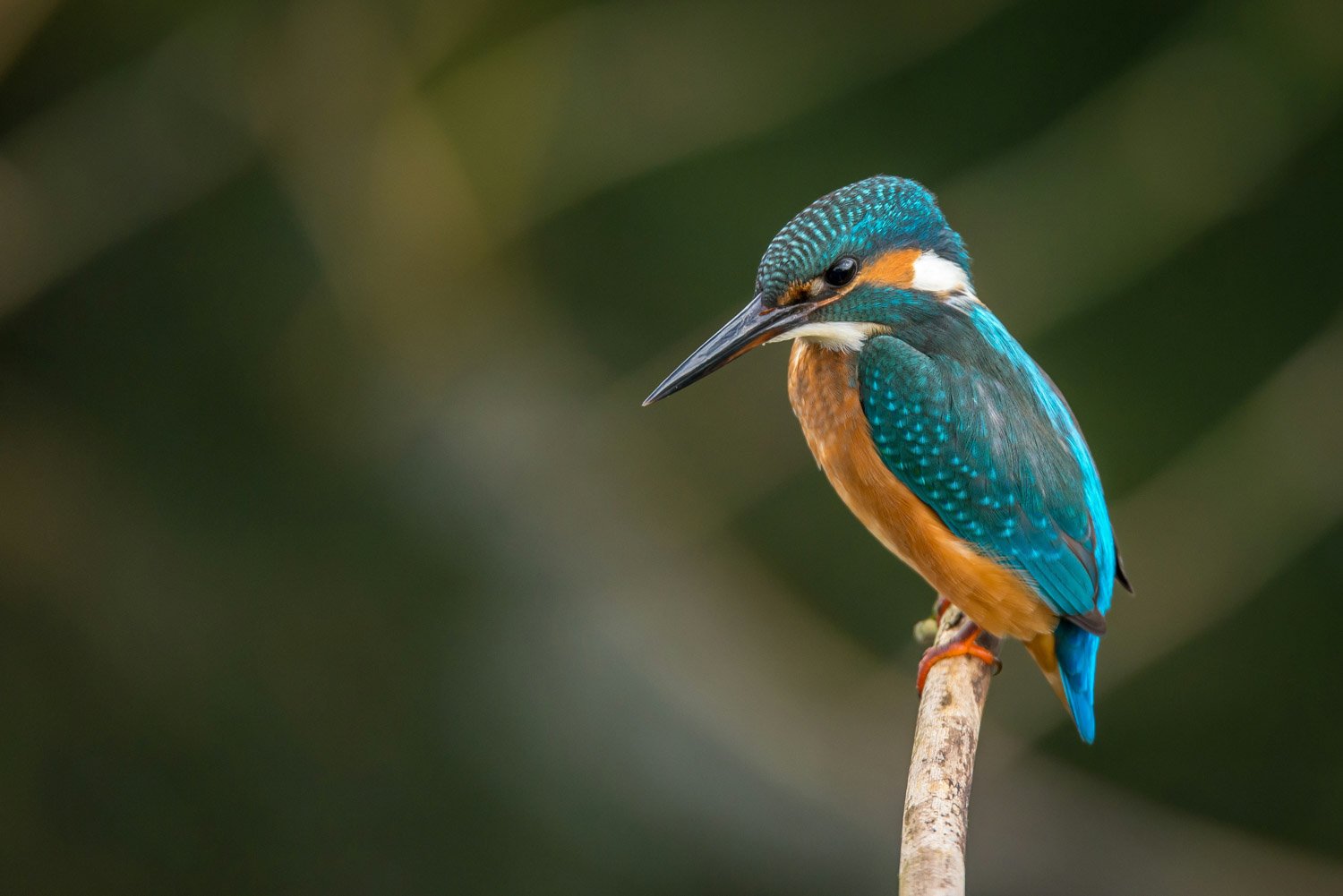
Getting Started on Bird Photography: 10 Essential Tips
Bird photography is a uniquely accessible pastime, particularly in the age of affordable high-performance cameras. However, it can be much more involved compared to other photography-related hobbies because of the technical know-how and personal discipline needed to capture human-shy bird species.
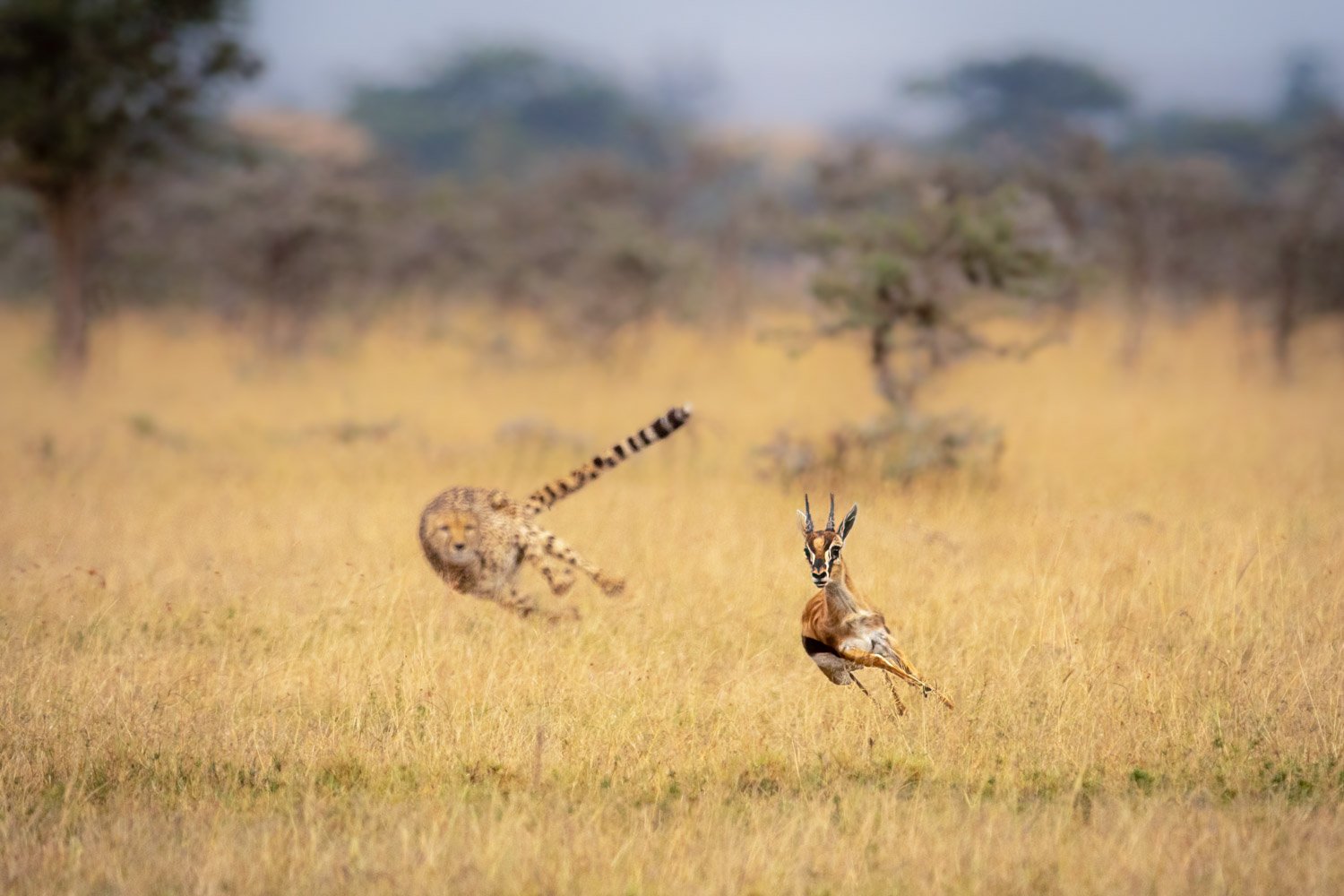
10 Classic Safari Shots
To my knowledge, not many photographers who go on safari put together a shot list in advance. That’s not necessarily a bad thing, but it’s worth considering so that you can make the most of your experience. The last thing you want to do is come home kicking yourself you didn’t get a shot of a leopard or a cheetah hunt.
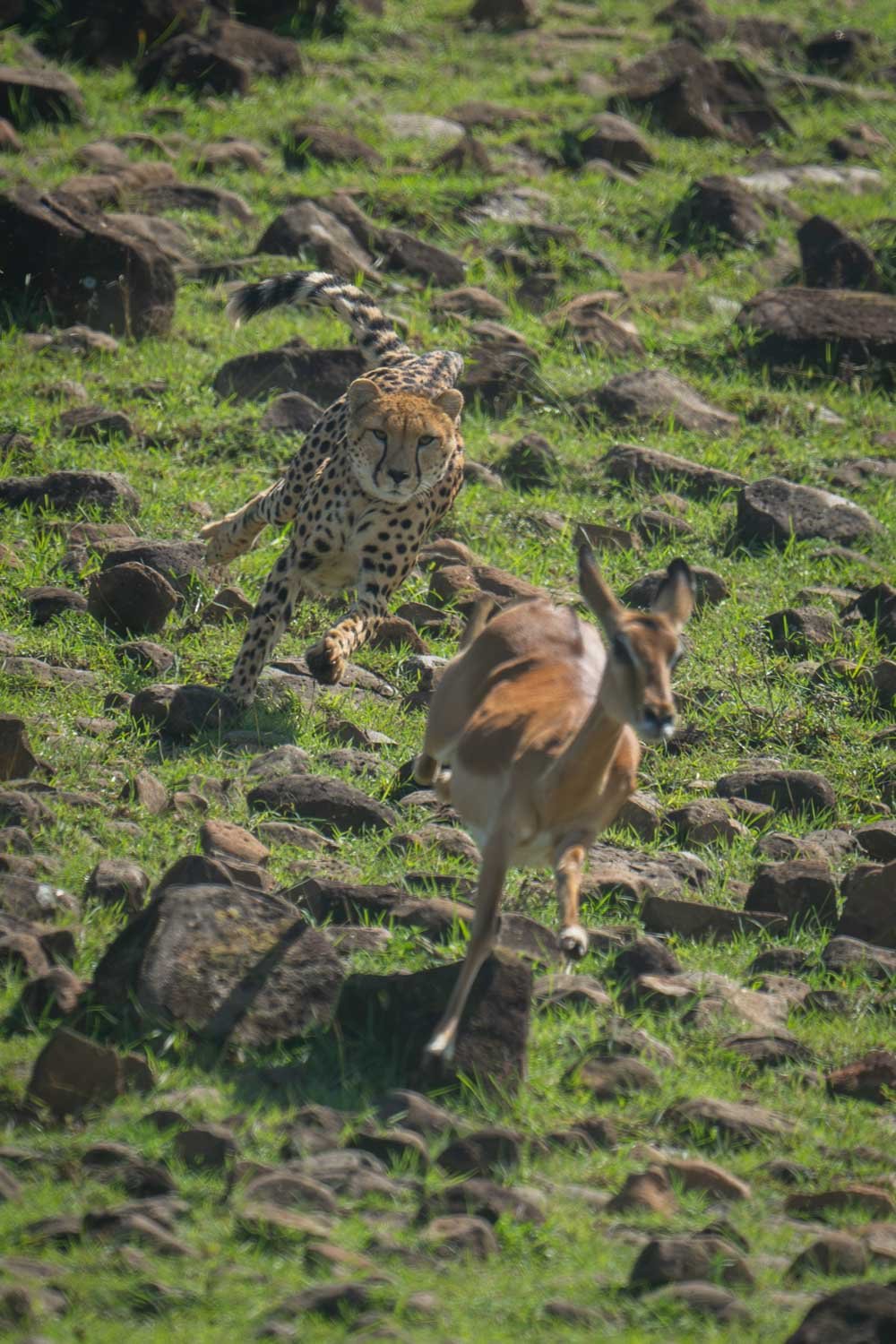
Wet and Wild!
I’ve just come back from a couple of weeks at Kicheche in the Masai Mara. There was so much rain that it sometimes felt like I was in a remake of Waterworld, starring Paul Goldstein!
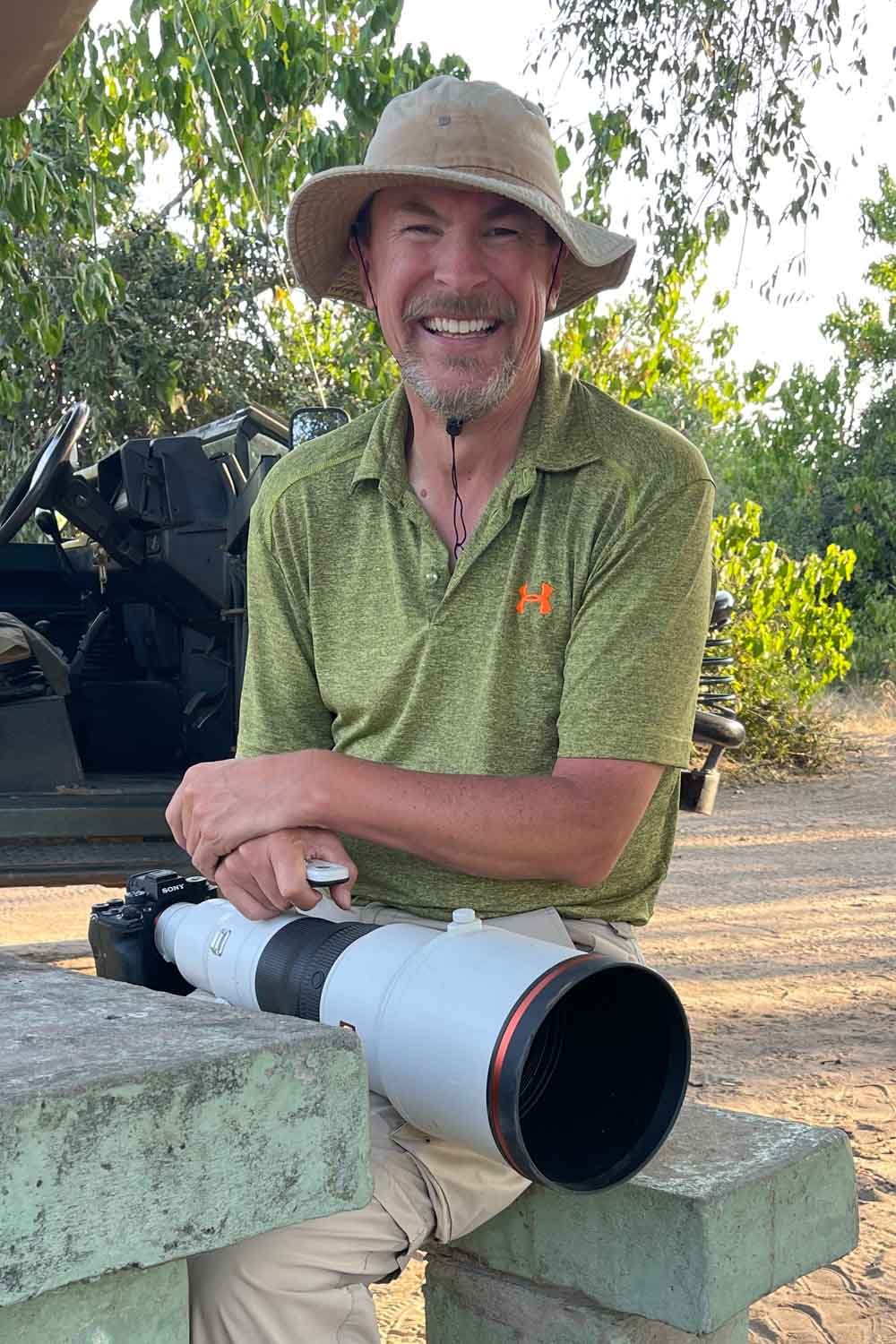
2024: My New Year's Resolutions
I don’t normally make New Year’s resolutions, but I thought I should share some of the things I’d like to be able to do in 2024. Unfortunately, most of them are outside my control and rely on various businesses getting their act together, but here’s hoping…!
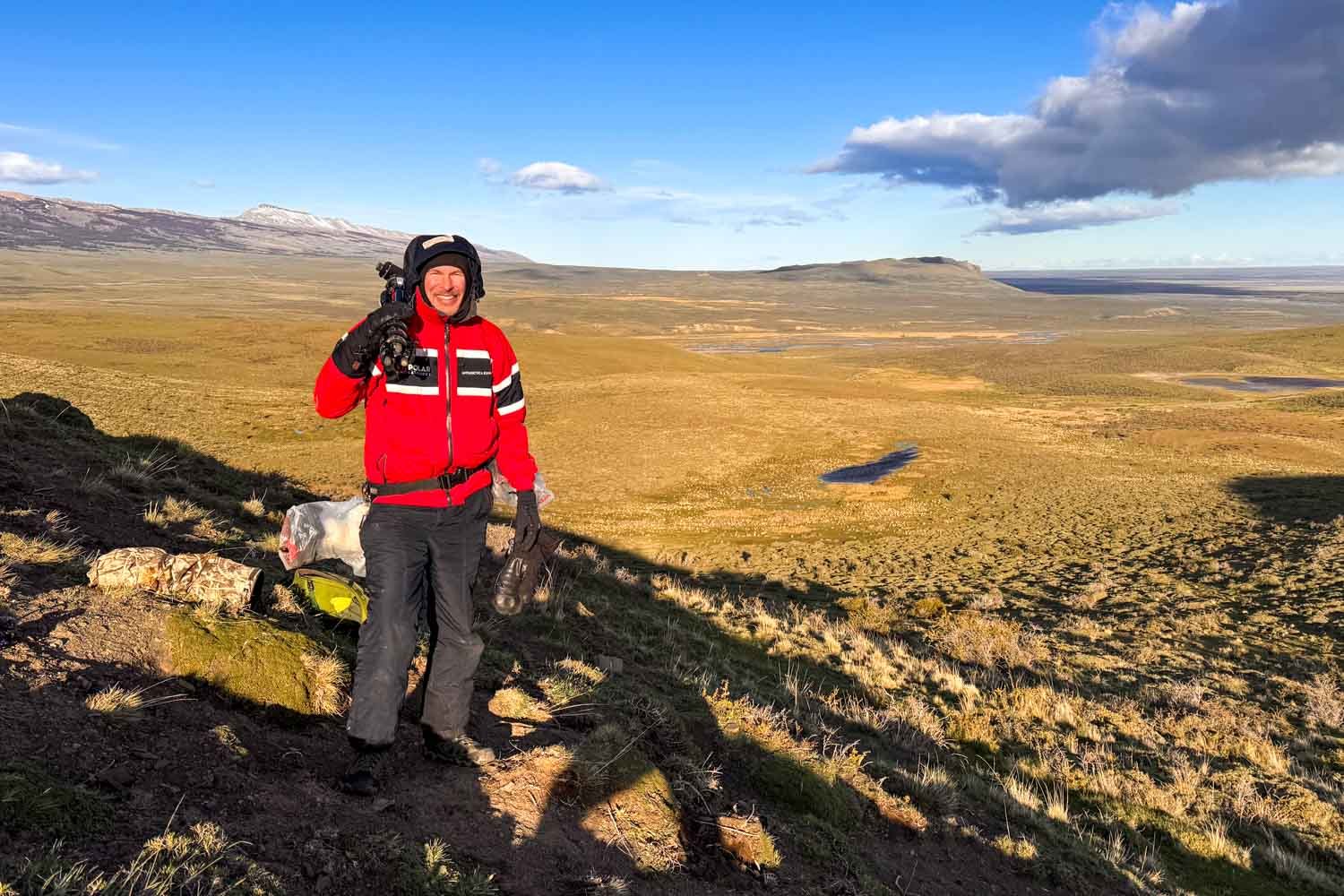
2023: From Grendel to Pumas
This is my last post of 2023, so I thought I'd write a quick review of the year.
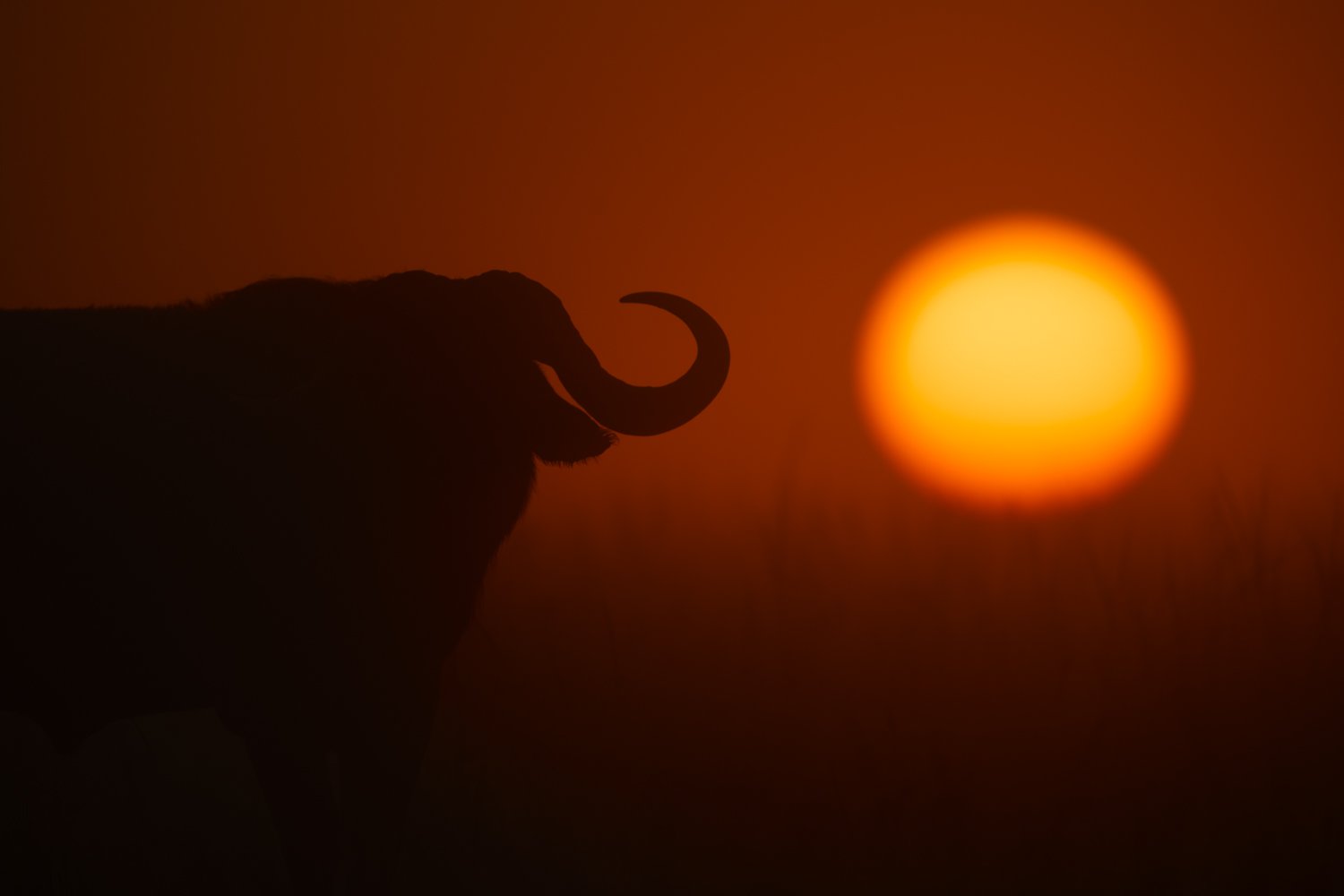
Types of Light for Wildlife Photography
Light is light, right? Wrong! Light varies in colour, direction, brightness and softness throughout the day, and each type makes different demands on the photographer. You need to know how to guarantee good light and how to cope with bad light by using the right camera settings and editing techniques.
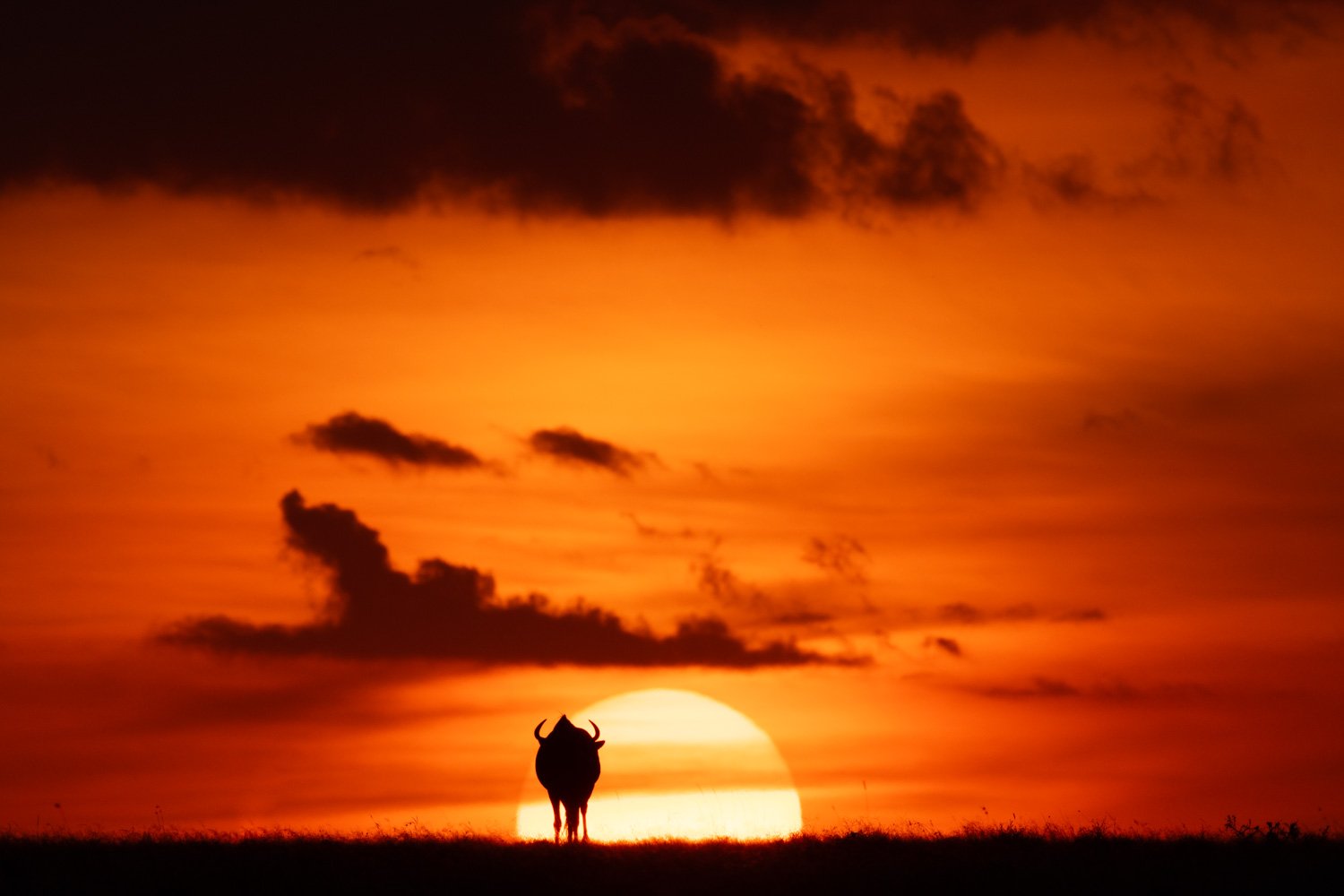
Calibration can Make Your Images Pop!
Calibration might be the last panel in the Lightroom Develop module, but it’s by no means the least useful. I often use the Blue Primary Saturation slider to make my images ‘pop’', and you can do the same!
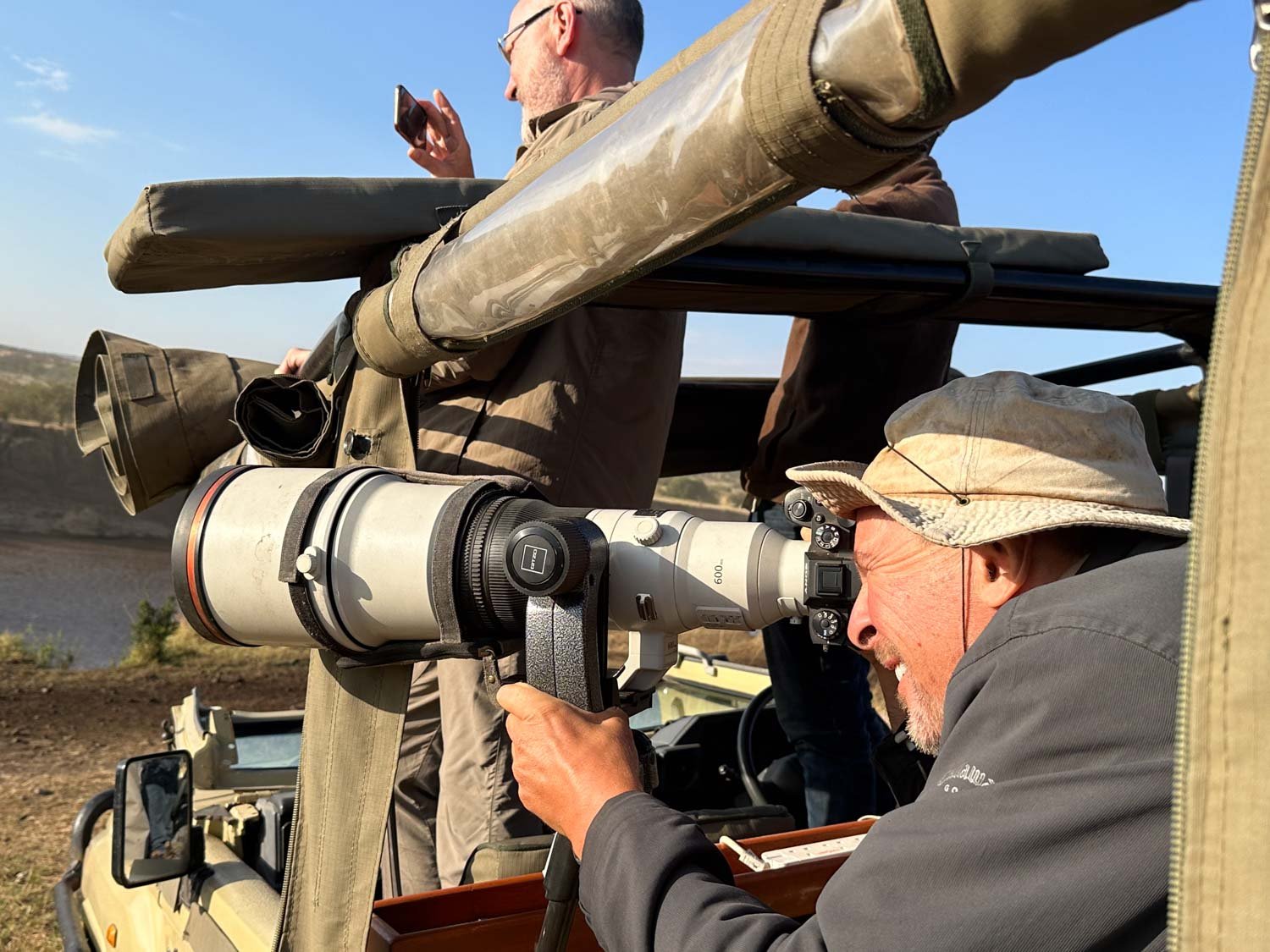
How to Shoot Handheld
The first photograph was taken in 1826 by Joseph Nicéphore Niépce using a shutter speed of eight hours! He had to keep the camera still for so long that he needed a tripod. However, modern cameras and smartphones have brought shutter speeds down so far that most people shoot handheld. So what’s the best way to do it?
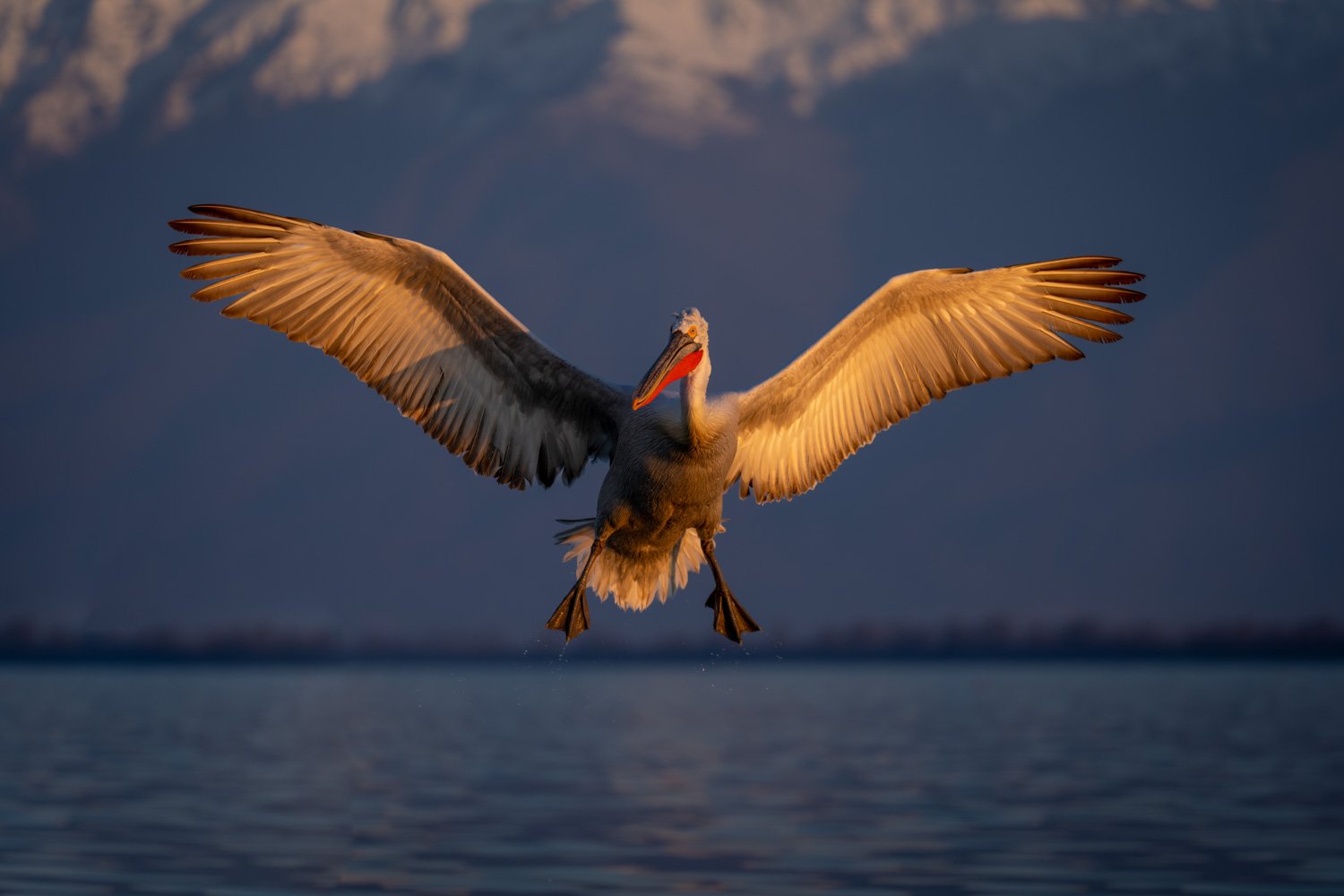
Dust, Air and Spume!
According to Paul Goldstein, dust, air and spume are the “Holy Trinity of wildlife photography”. The idea is to show energy and movement by showing the dust thrown up by galloping hooves, animals and birds ‘getting air’ and the spume created by action shots in water.

Clash of the Continents
I’ve taken pictures in 36 countries on all seven continents, so I thought I should talk about the best one to visit for wildlife photography. Is it North America for grizzlies and polar bears, South America for jaguars and pumas, Antarctica for penguins and seals, Europe for bears and birds, Asia for tigers, Oceania for kangaroos and duck-billed platypuses or Africa for predators and prey?!
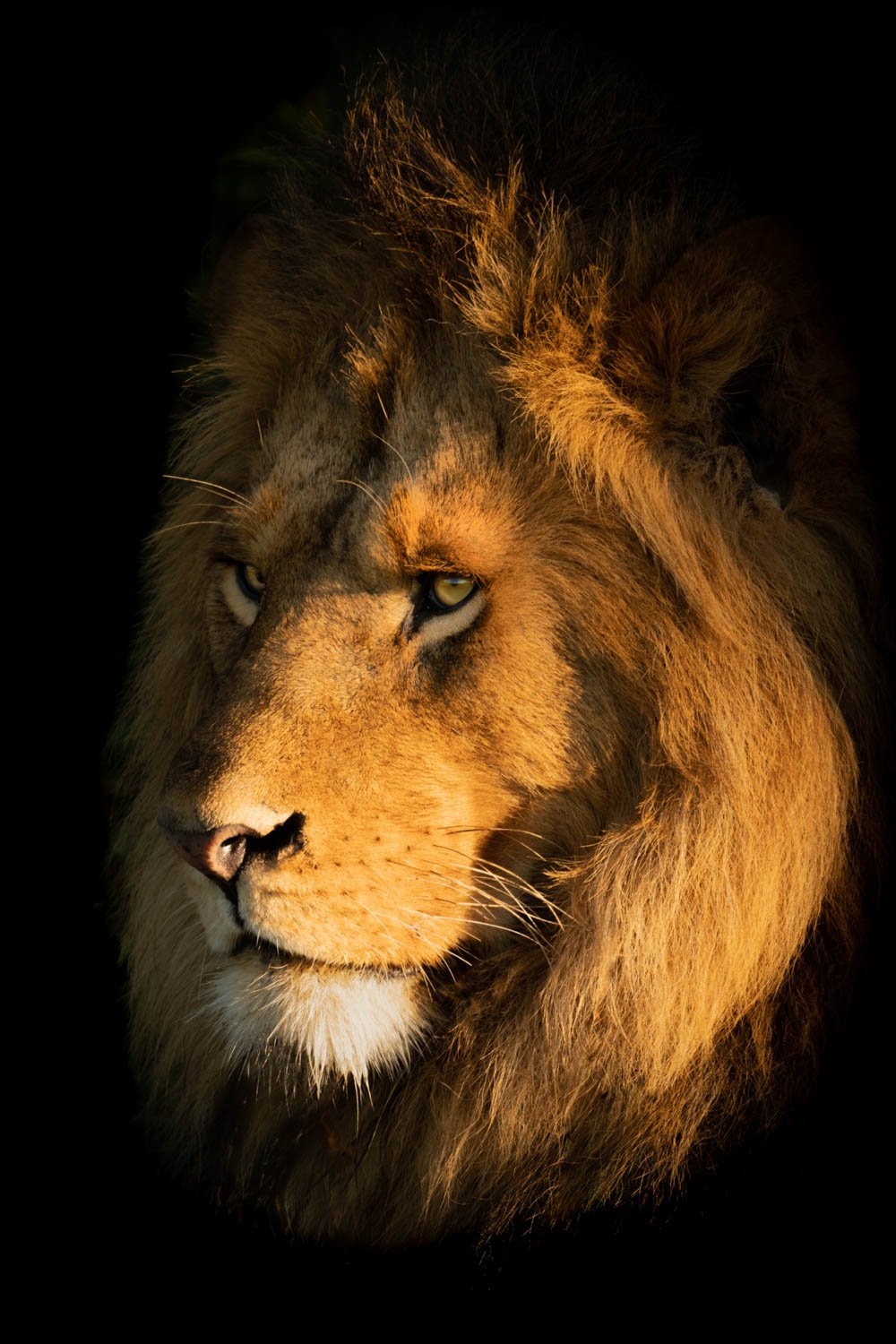
How to Photograph the Big Cats
One of the most popular subjects in wildlife photography is the big cats—including the tiger, lion, jaguar, puma and cheetah. I’ve photographed all of them in the wild, and here are a few tips I picked up along the way…
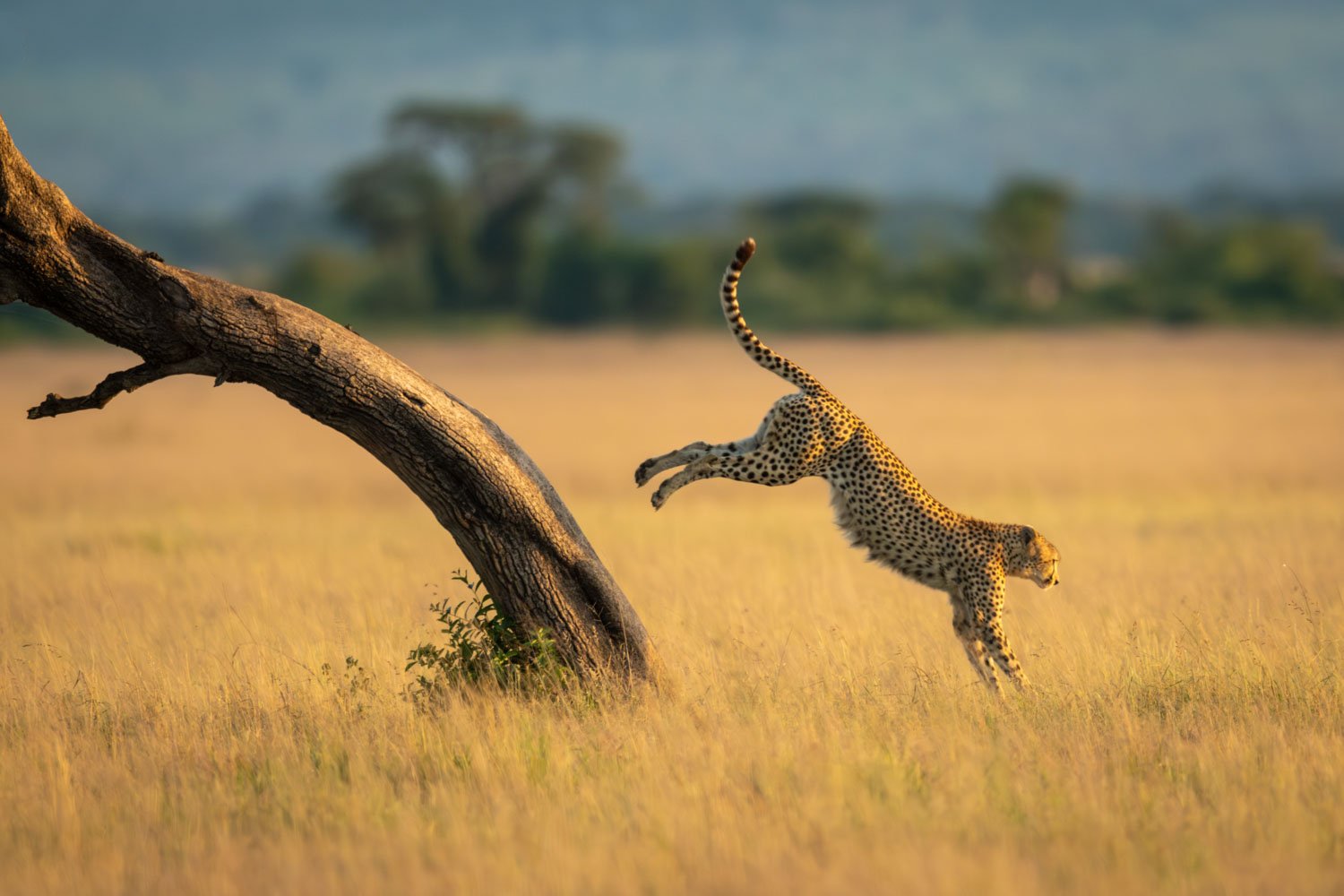
The Two-second Rule
How long does it take you to get ready to photograph something? If it’s more than two seconds, you might miss your chance. The ‘two-second rule’ is a way of crystallising the importance of being ready at all times. Birds fly away, animals turn their backs, and some idiot in your vehicle might drop something and scare off all the wildlife!
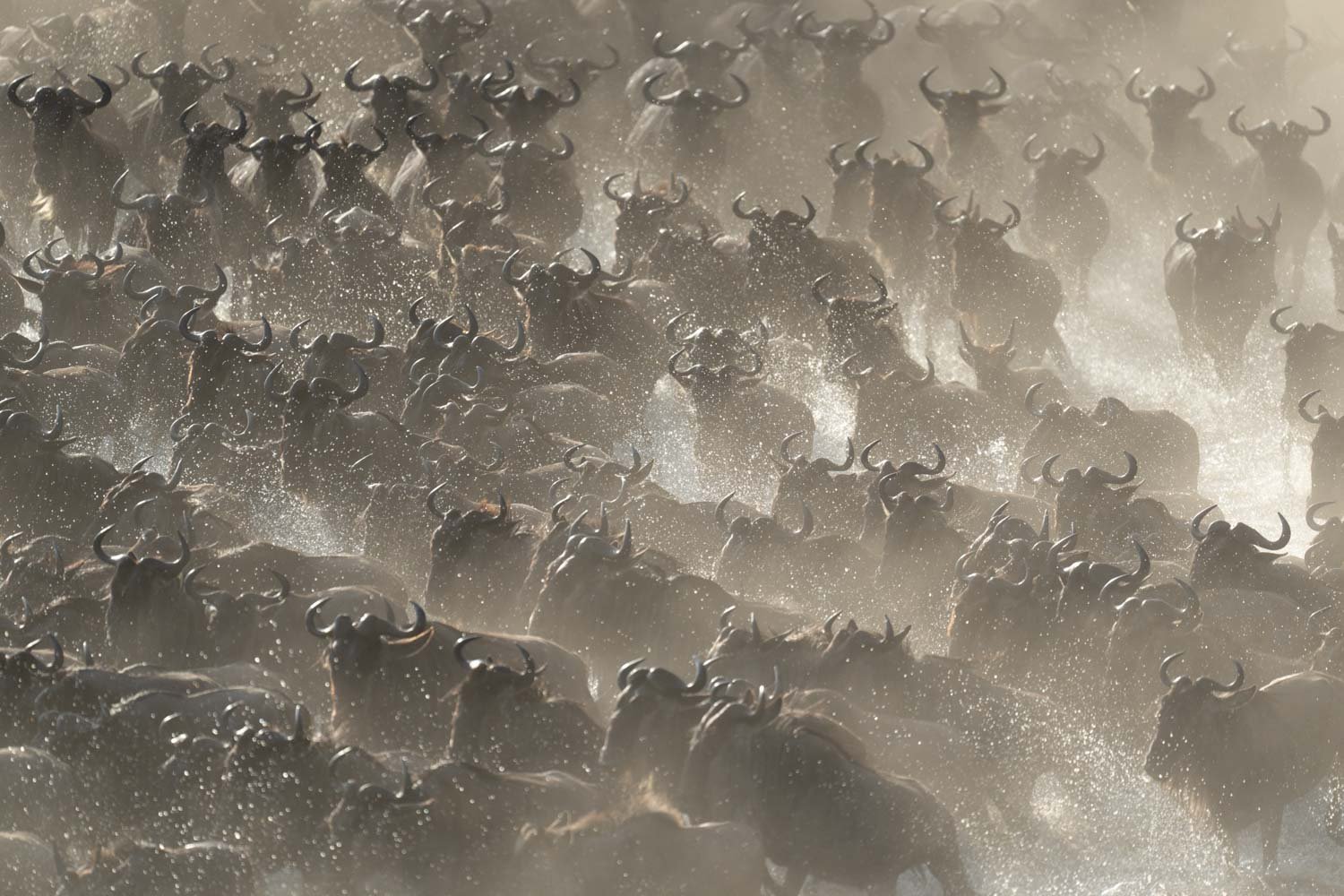
Eight Ways to Photograph Crowd Scenes
As a wildlife photographer, I find crowd scenes very difficult. I’ve just looked through my Top 100 shots of all time, and only one of them had more than four subjects!
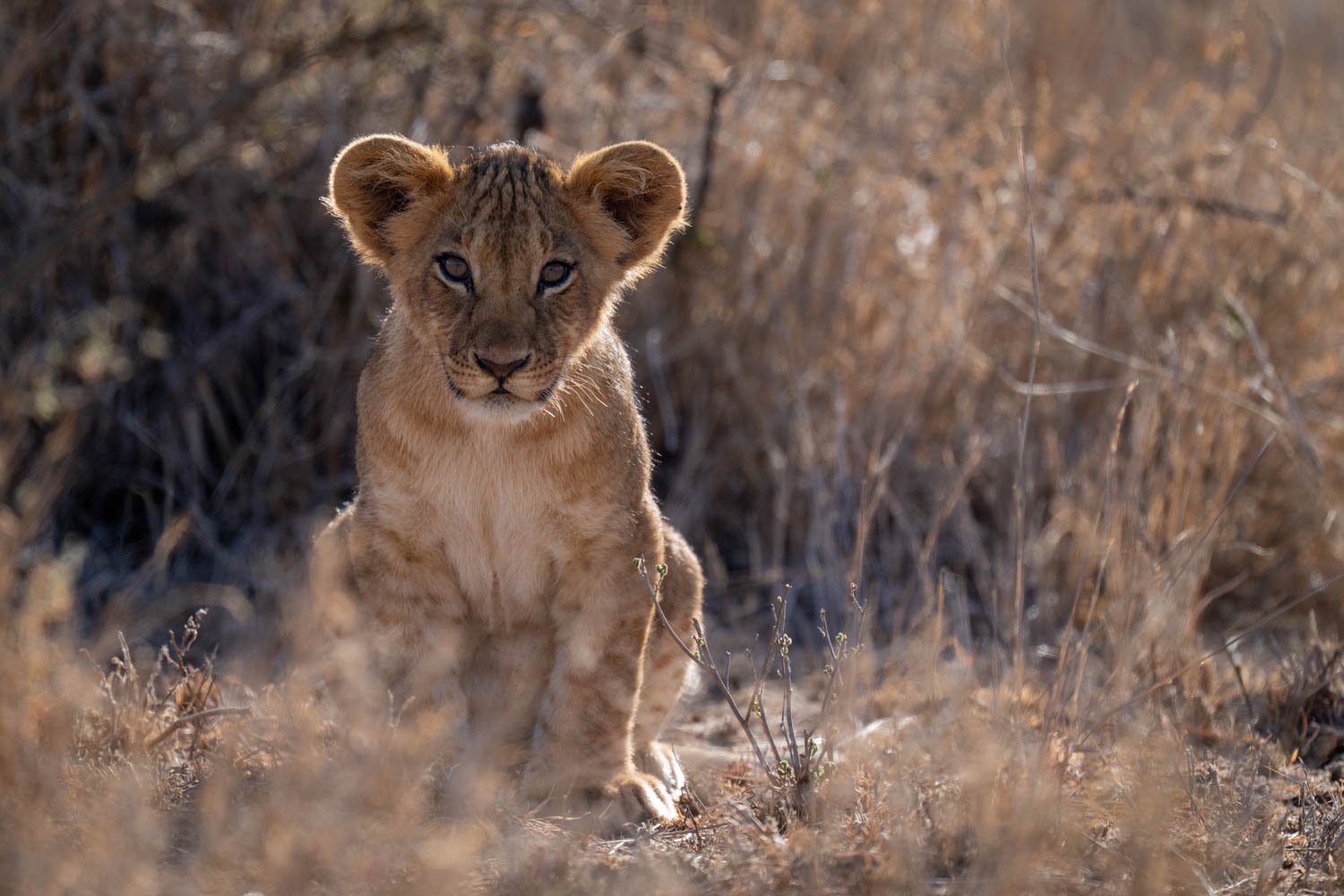
Fieldcraft
What is ‘fieldcraft’ exactly? Well, it’s the combination of knowledge and experience that lets you maximise your chances of taking good wildlife shots by knowing where and when to go and being able to predict what happens next.
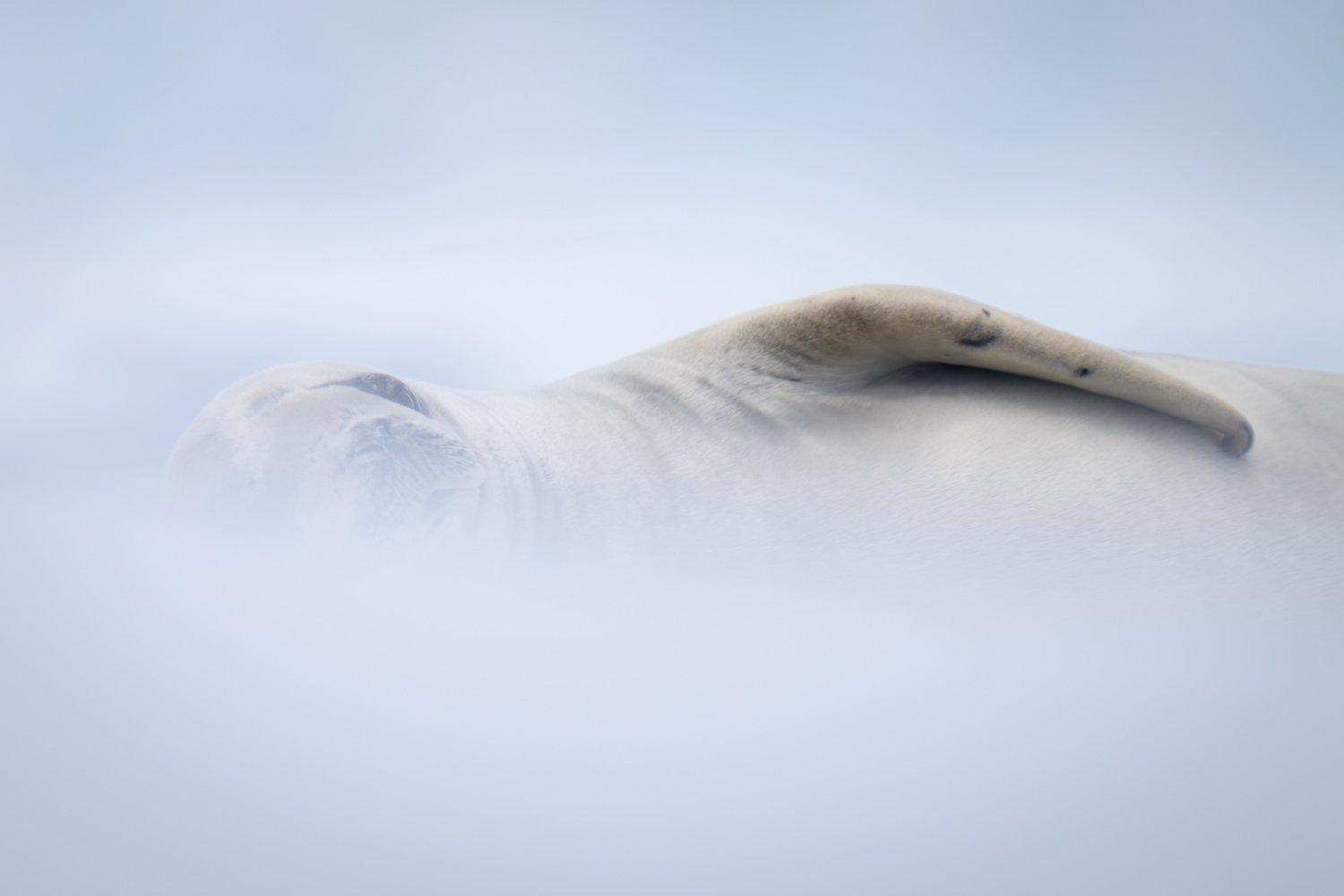
Blur the Foreground With 'Look-overs'
Wildlife photographer Andy Rouse is a big fan of doing ‘look-throughs’—pointing his camera through a hole in the foliage to create a blurred foreground.
In Africa and the polar regions, you don’t get many chances to do that, so I prefer the ‘look-over’. This involves filling the bottom third of the frame with a blurred foreground.
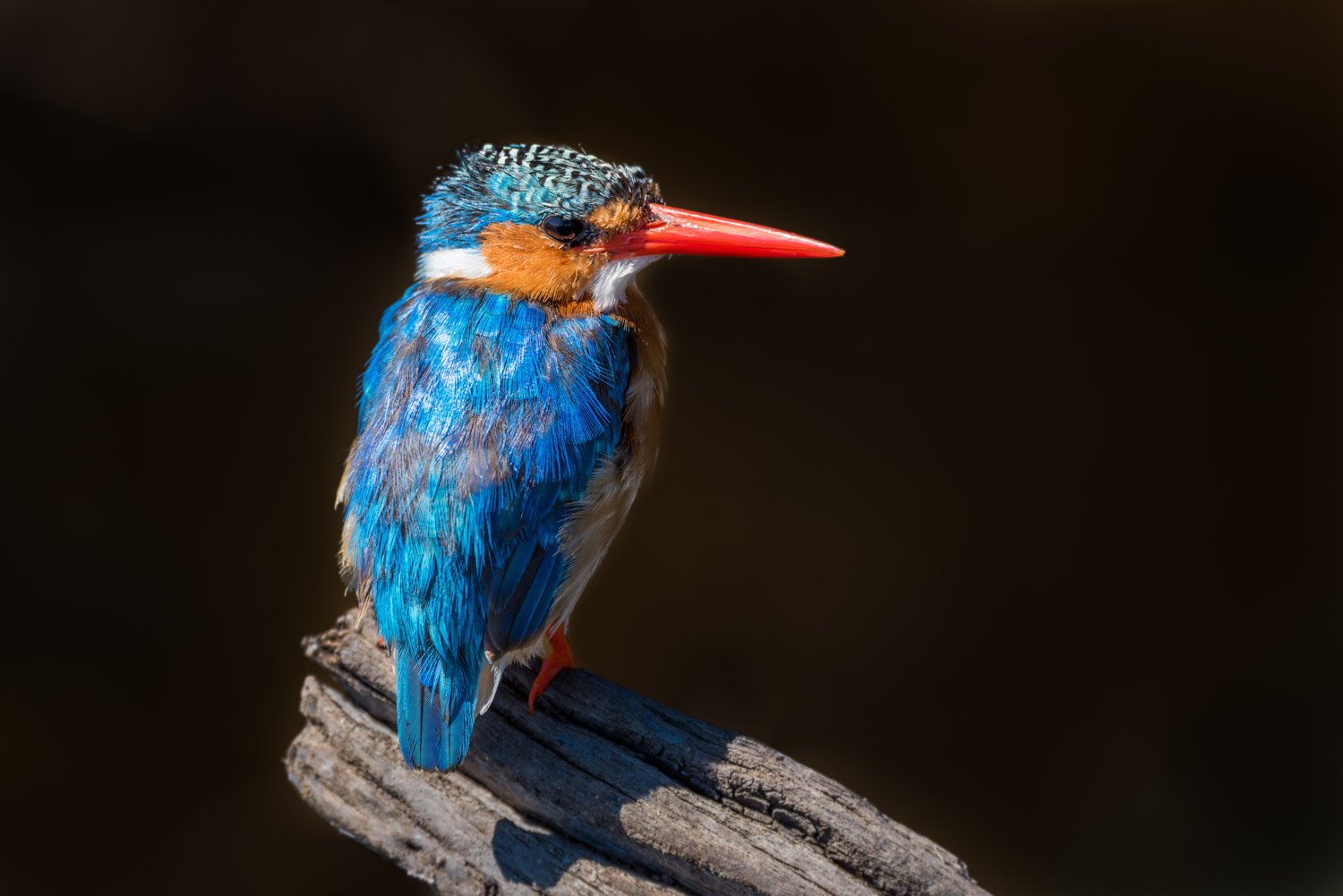
How to Photograph Birds Fishing from a Perch
We’ve all seen dramatic images of a kingfisher or bird of prey grabbing a fish while flying across a river or lake, but how do you get those shots? Bird in flight photography is hard enough without having to worry about the fish, too!
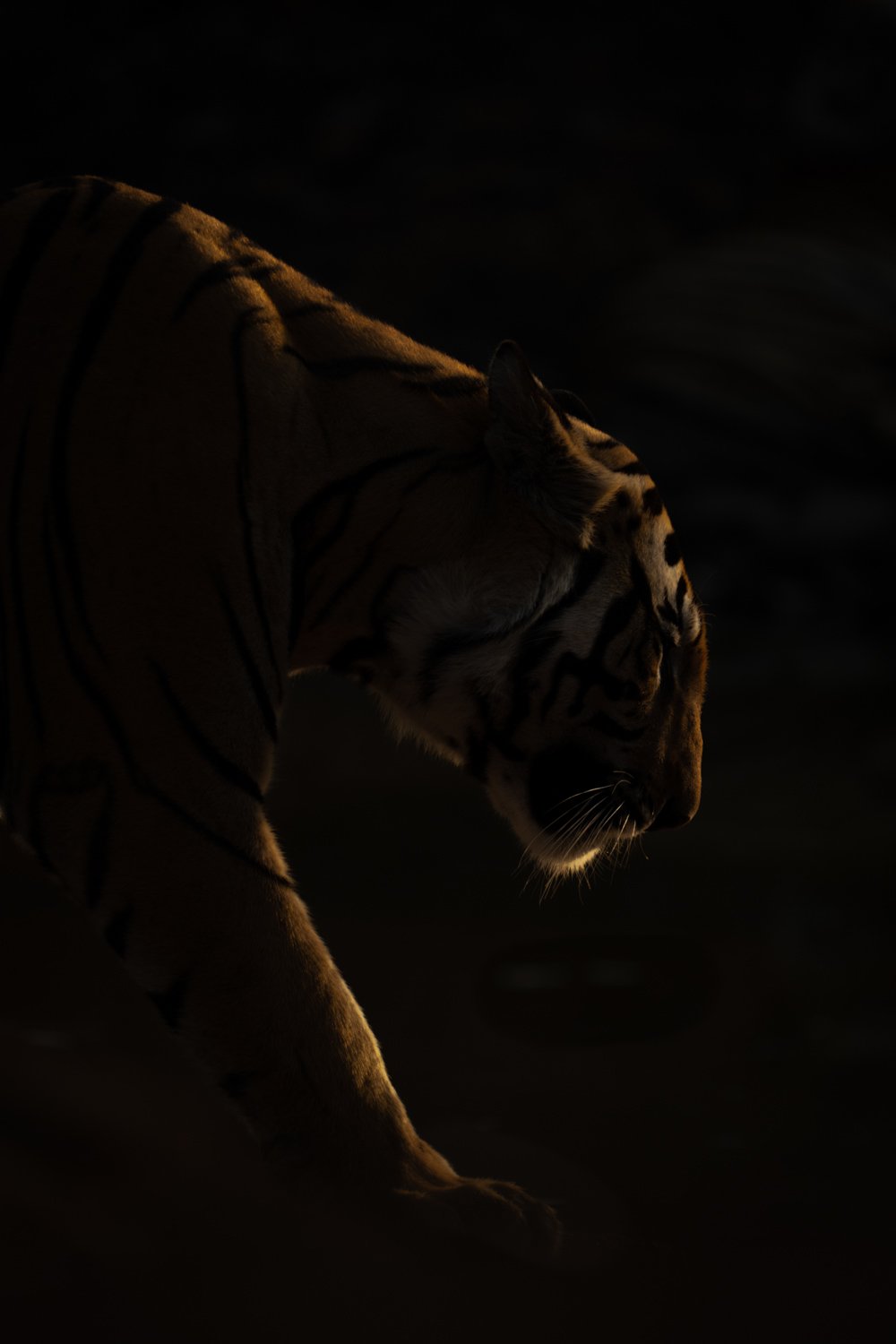
Tiger, Tiger...!
Hurry up and wait. That just about sums up any tiger safari. You wait to enter the park, you wait to see a tiger and you wait for it to do something interesting!

How to Shoot in Bad Weather
In the words of Alfred Wainwright, “There's no such thing as bad weather, only unsuitable clothing.” Well, in photography terms, it’s not the clothing that’s the problem but the type of shot. Here’s a quick guide to the right types of shots in different kinds of weather.

Embrace the Chaos or Plan Ahead?
“Embrace the chaos!” That’s the advice from Matt Kloskowski, a wildlife photographer in the States. On the other hand, David Yarrow and others seem to plan every single detail of a shoot in advance. So where does that leave us?
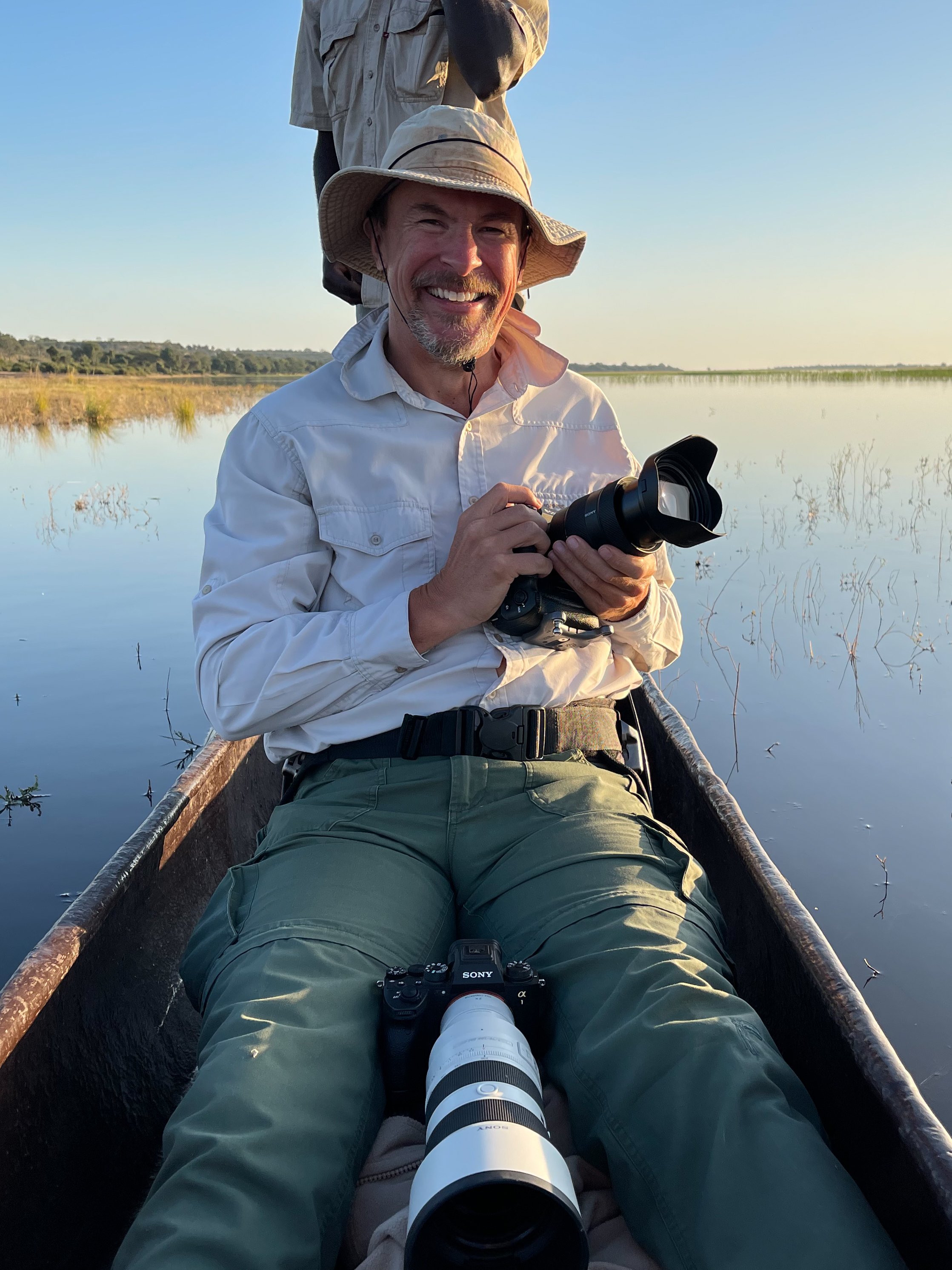
2022: I had a Lodge in Africa...
This is my last blog post of 2022, so I thought I'd give you a quick recap of what I got up to during the last 12 months.
